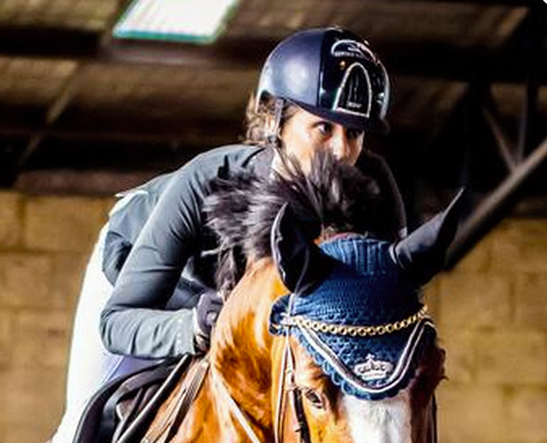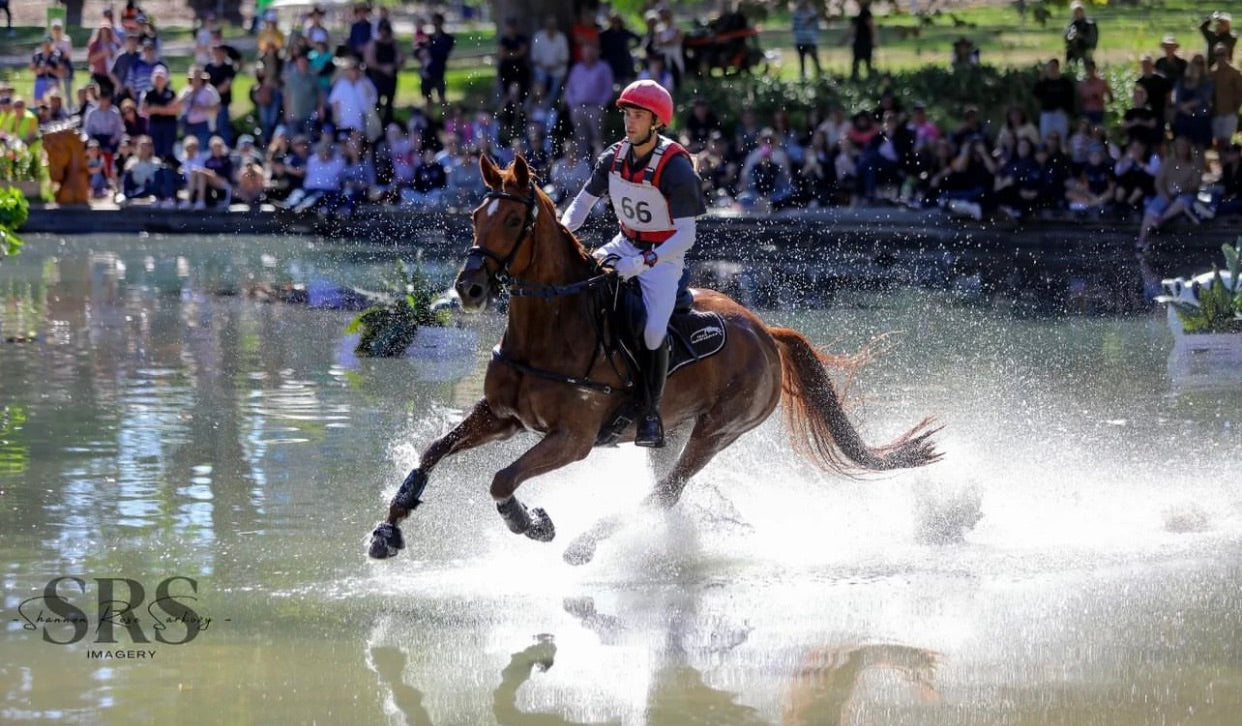There has been a lot of confusion from riders about what the new helmet safety standards mean – and whether they will need to purchase new helmets for the coming season.
Equestrian Australia has announced that helmets with a Helmet Standard EN1384 will not be permitted as from January 2017. The European Commission has already withdrawn the EN1384 standard in Europe as from the start of 2016, with an interim standard known as VGI currently in place until permanent new standards are approved.
Basically, this means that any helmet that is SOLEY certified with this standard (there should be a clear marking on your helmet) should not be purchased from 2016. Equestrian Australia recommends the use of helmets that conform to Australian Standard AS/NZS 3838; this standard provides for more stringent independent testing as well as further periodic retesting. The statement issued by the EA expressed that helmets must currently satisfy at least one of the following standards:
o AS/NZS 3838 (current Australian Standard)
o VG1 (interim European Standard)
o EN/1384 (current outgoing European Standard). Acceptable during 2016 only – not permitted from 2017.
o ASTM F1163 (current US Standard).
Luckily, this means that many of the popular brands of European helmet will still be fine for use in Australia. Our KEP Italia helmets satisfy the VG1, EN 1384 and ASTMF 1163, and are thus completely approved for use in Australia and NZ.
In terms of the new VG1 standard, this standard represents a forward step with respect to the previous standards issued by British Certification Bodies, and has been adopted for all the equestrian hats and jockey helmets. It is recognised on a European level and by many additional countries. One particular new detail that should be noted is the use of a chin-rest is no longer permitted due to the damage it could cause to the jawbone in the event of a fall.
Remember to follow the manufacturer’s instructions for use in the instance of a fall and observe its usable life. The AS/NZS 3838 standard advises that helmets meeting this criterion have a usable life of 5 years, with many of the other standard’s having a similar recommendation. Lesson: don’t keep using that helmet from 1995 just because it still looks fine on the outside!






